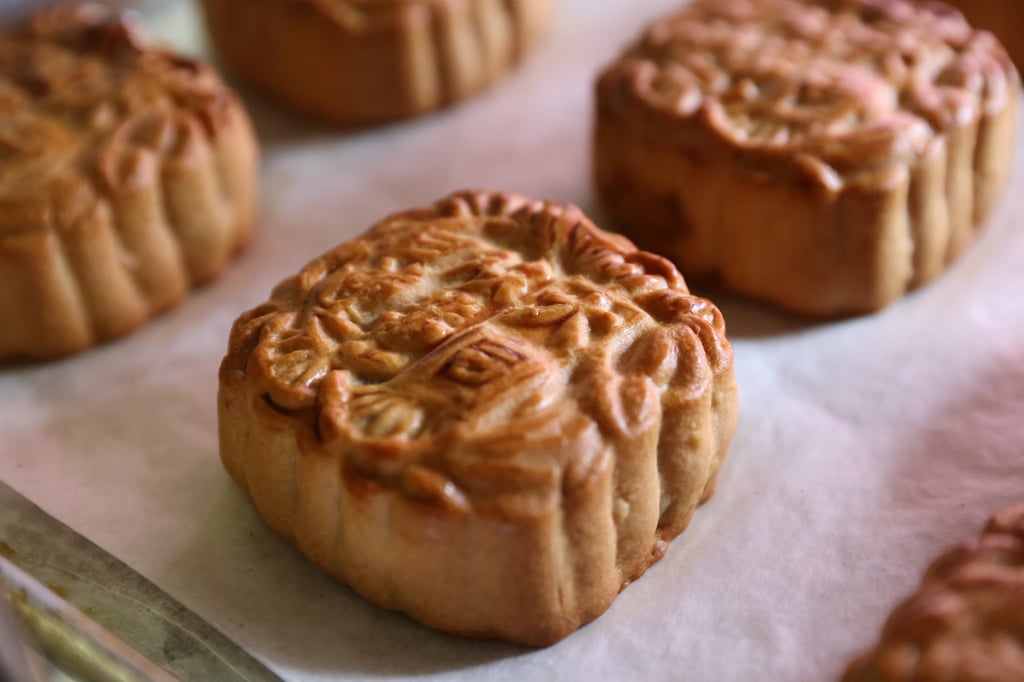Explainer | Mid-Autumn Festival in Hong Kong – from mooncakes and lanterns to fire dragon dances, how it is celebrated
- Mid-Autumn Festival is almost upon us, and that means lots of mooncakes and, in one corner of Hong Kong until the pandemic, the Tai Hang fire dragon dance
- The second biggest Chinese holiday of the year is full of tradition – but also excess: millions of mooncakes and the packaging they come in end up in landfills

The glow of lanterns, savoury and sweet mooncakes, and a beaming full moon will mark celebrations for the second biggest Chinese holiday of the year, Mid-Autumn Festival, on September 10.
Across many cultures, celebrating the harvest is of great importance, but no harvest festival comes with such a history and collection of tales as the Chinese Mid-Autumn Festival.
It is celebrated on the night when the moon is at its fullest and brightest – on the 15th day of the eighth month in the lunar calendar.
When picturing Mid-Autumn Festival, most think of sharing mooncakes – the sweet snack synonymous with the festival – but as the lanterns begin to hang anew, the Post explores the festival beyond the food and decorations.

Song dynasty Chinese poet Su Shi wrote of the festival:
